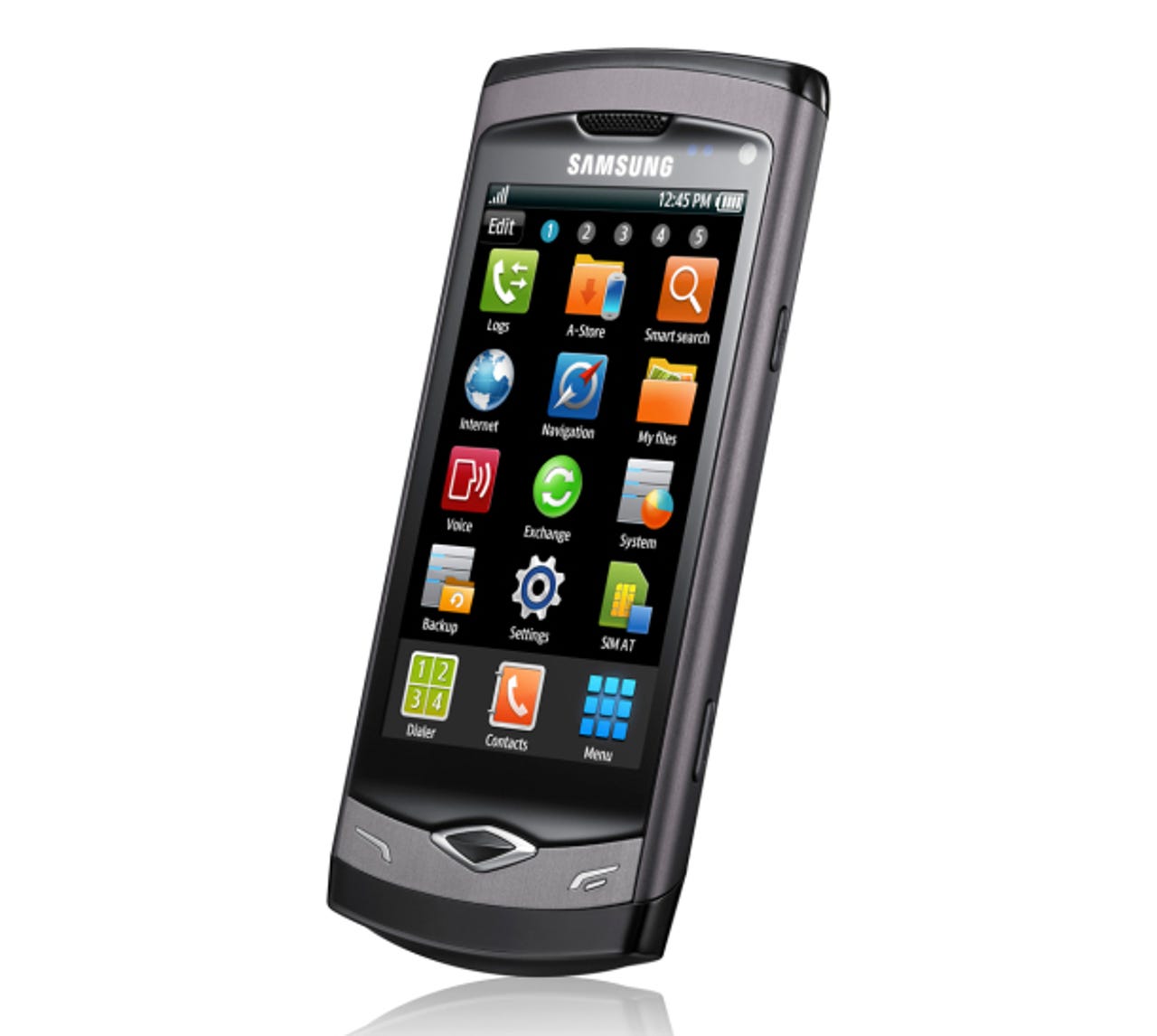Photos: Latest mobile handsets unveiled at MWC


MWC 2010: Huawei, HTC, Sony Ericsson, Vodafone show off smartphones and netbooks
With the mobile industry's annual get together, Mobile World Congress (MWC), in full swing this week, handset makers have been taking the wraps off their hottest devices.
One of the first mobiles out of the MWC blocks was this device, the Samsung Wave.
It's the first device that runs Samsung's Bada platform, announced last year.
The Wave features Bada's Social Hub functionality, which integrates users' contacts with social networking services and messaging - each contact, for example, shows that person's activity on social networking services and their most recent SMS conversations with the phone's user.
Photo credit: Samsung
Samsung also demoed a netbook with LTE - the mobile standard that will succeed today's 3G - connectivity at the MWC trade show in Barcelona.
The hardware maker claims it's the first laptop to be able to connect over LTE.
The netbook in question is a version of the N150, souped-up to feature Samsung's own in-house-designed LTE modem chipset, Kalmia.
The N150 is already out in the market, albeit with plain old 3G and wi-fi connectivity.
Photo credit: Samsung
Motorola debuted this device at MWC, christened the Quench.
The touchscreen device runs on Google's Android operating system and also features Motorola's own MotoBlur technology.
MotoBlur is an app and service that syncs information from all the various connections, such as Facebook, Twitter, MySpace and personal and work email accounts, and automatically streams updates to the homescreen.
Photo credit: Motorola
Another Android handset to surface at the event is this device, the Xperia 10 mini.
The touchscreen device comes with Sony Ericsson's own social networking hub application, Timescape, which aggregates text messages, missed calls, and Facebook and Twitter updates in one place.
Photo credit: Sony Ericsson
Sony Ericsson also launched a sister device to the Xperia X10 mini, the Xperia X10 mini pro.
Unlike its counterpart, the pro comes with both touchscreen and Qwerty keyboard.
Photo credit: Sony Ericsson
Sony Ericsson completed its MWC line-up with the Vivaz Pro, above, which also sports a Qwerty and touchscreen combination.
The phone comes with a 5.1-megapixel camera, GPS and Google Maps, and runs on the Symbian OS.
Photo credit: Sony Ericsson
HTC's Mobile World Congress release came in the form of the Desire.
The device, which runs version 2.1 of Google's Android operating system, coupled with HTC's Sense user interface. The touchscreen smartphone also features Qualcomm's 1Ghz Snapdragon processor.
Photo credit: HTC
HTC also added to its Android line-up with this device, the Legend - an update to its previously released Hero.
Photo credit: HTC
The handset maker rounded off its MWC releases with the HD mini, a smaller version of the HD2 device.
The mini is shown here with its back cover removed to expose its bright yellow insides.
Photo credit: HTC
Huawei fired its MWC salvo with the U8800, another Android 2.1 phone.
According to Huawei, the U8800 is the first device to run on HSPA+ - a faster version of the HSPA 3G standard currently used by most mobile operators in Europe.
The U8800 can support a maximum downlink of 14.4Mbps, according to Huawei.
Photo credit: Huawei
Another device out of the Huawei stable this week is the fetchingly coloured U8300 smartphone.
The Qwerty device also runs Android and with a colour line-up of green, yellow or purple, is aimed firmly at the youth market.
Photo credit: Huawei
Vodafone meanwhile launched a pair of handsets aimed at consumers in the developing world.
Both mobiles - known as the 150 (pictured above) and the 250 - are primarily voice and text devices but also support mobile payments.
Photo credit: Vodafone
Unlike the 150, the 250, shown here, comes with a colour screen and an FM radio.
Both phones will initially be launched in India and The Democratic Republic of Congo, Kenya, Mozambique, Qatar, South Africa and Tanzania.
Photo credit: Vodafone